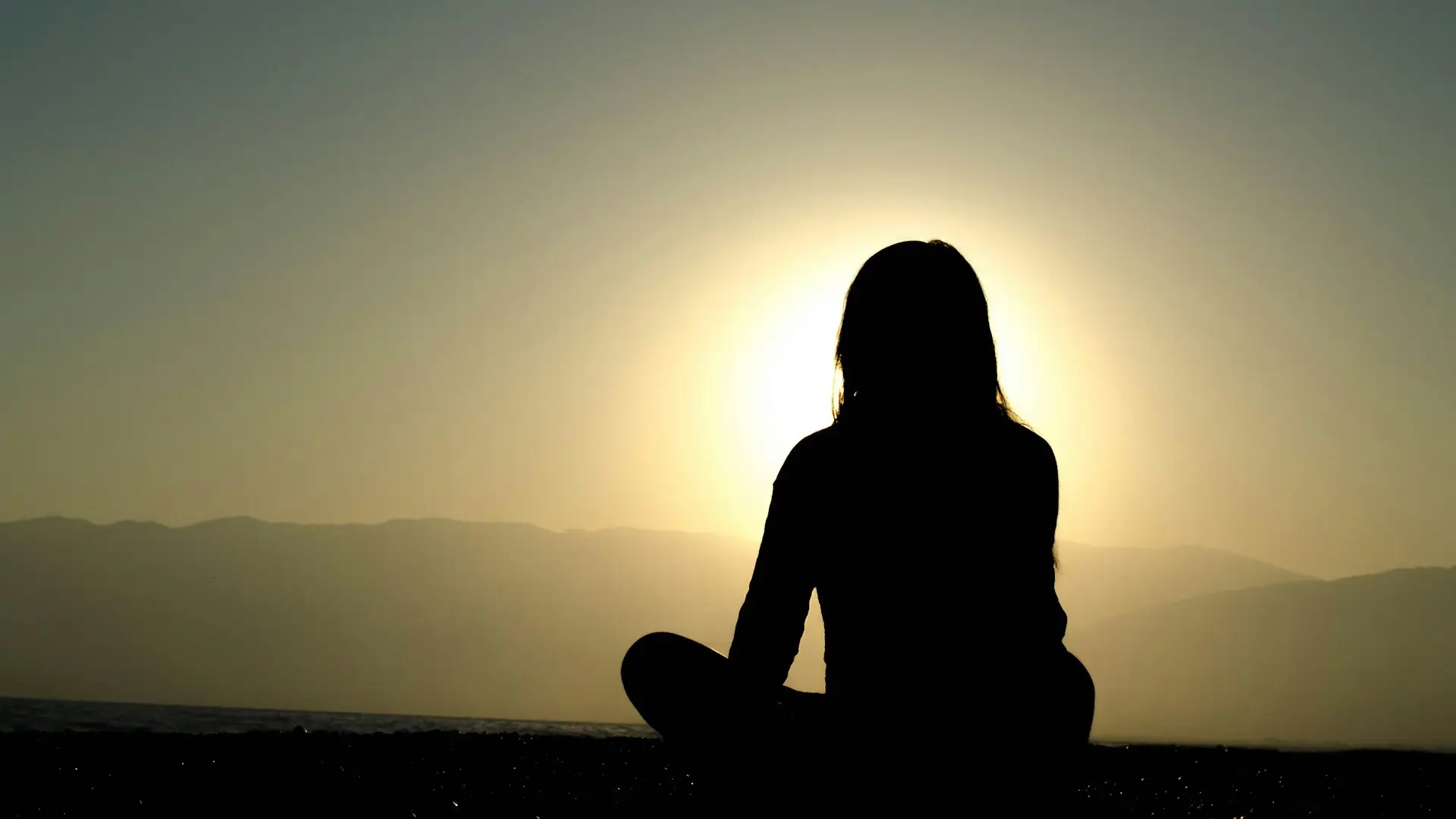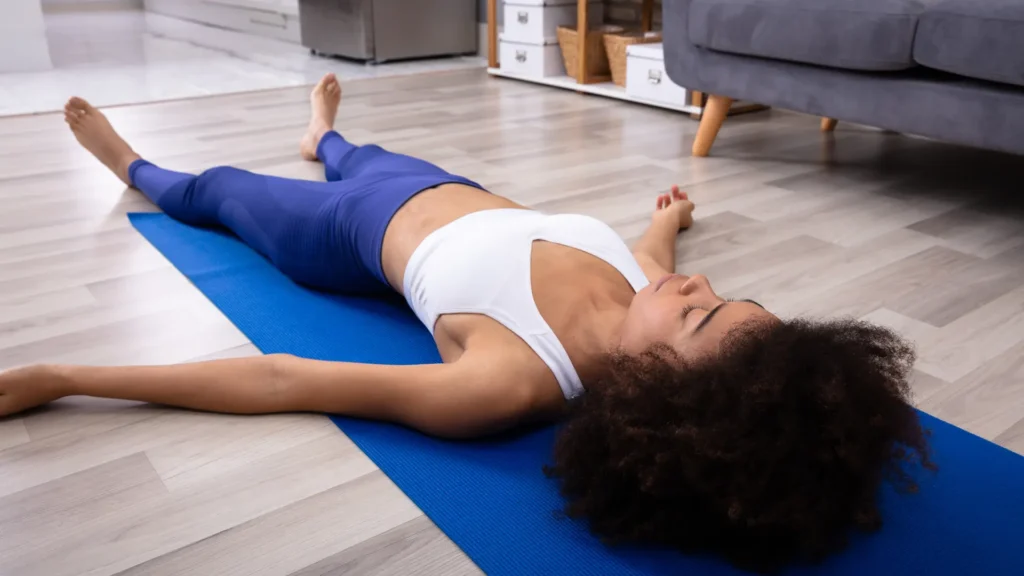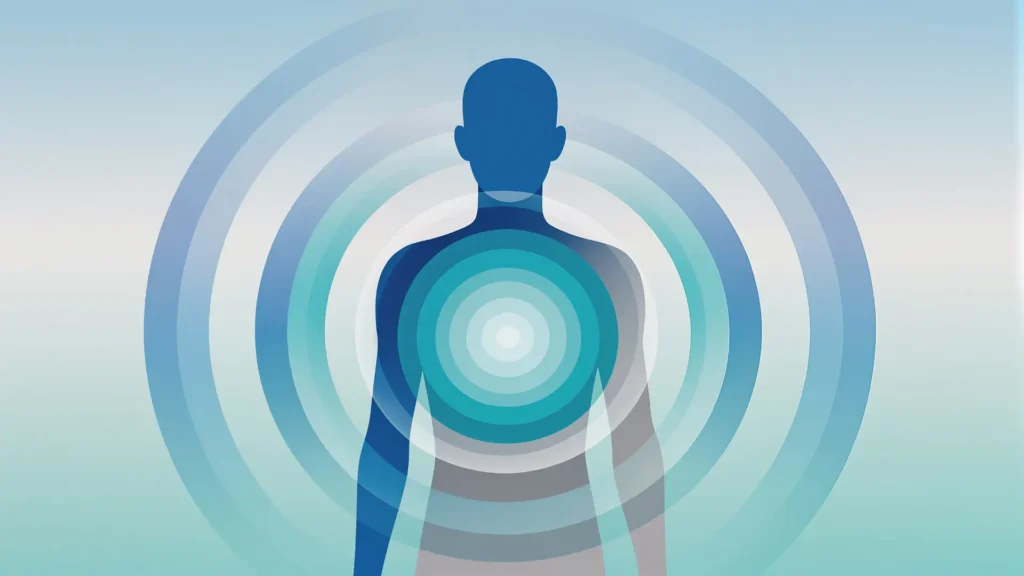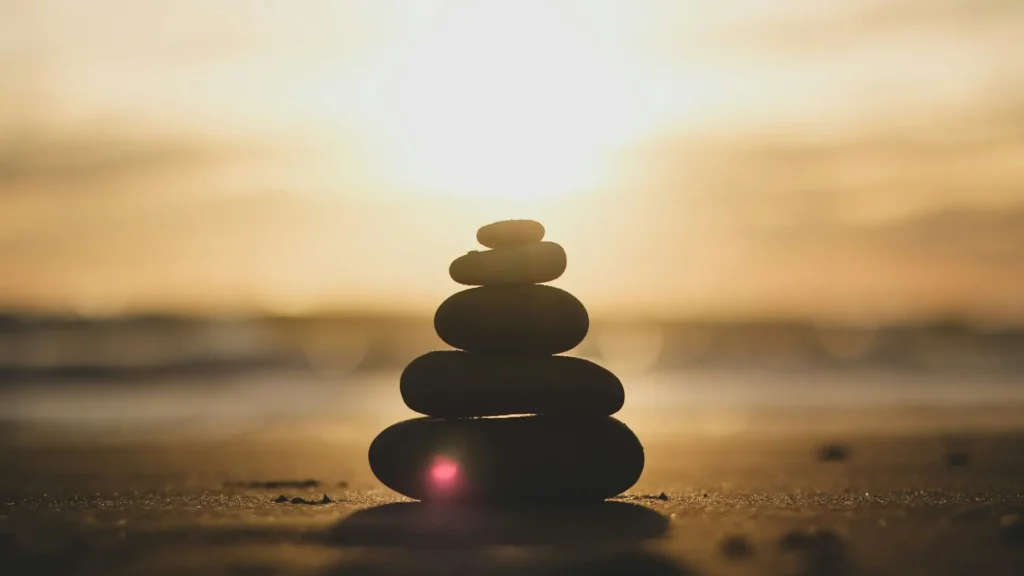Mindfulness is the fundamental human ability to be fully present in the moment—a way of paying attention to your thoughts, feelings, and surroundings without judgment or distraction. By training this innate capacity, you learn to step out of “autopilot” mode and engage with your life directly, fostering a sense of calm, clarity, and control.
What is Mindfulness
Mindfulness is the awareness that arises from paying attention, on purpose, in the present moment, and non-judgmentally. This classic definition contains the three core pillars of the practice. First, it involves a conscious commitment to being in the present moment, rather than dwelling on the past or worrying about the future. Second, it is an act of intentional awareness, where you deliberately guide your focus, often using an “anchor” like the sensation of your breath to stabilize your attention. The final and most crucial pillar is a non-judgmental attitude, where you observe your inner experience—be it a difficult thought or a pleasant feeling—with acceptance and curiosity, rather than criticism or attachment.
A Beginner’s Guide
You can begin a basic mindfulness practice right now with just a few simple steps. The goal is not to achieve a perfectly silent mind, but to practice the art of returning your attention again and again.
- Find a Posture: Lie down or sit in a chair with your feet flat on the floor, or on a cushion on the floor. The key is to keep your spine upright but not stiff. Allow your hands to rest in your lap.
- Set a Timer: Begin with a short duration, such as five minutes. This makes the practice approachable and helps build consistency.
- Focus on the Breath: Close your eyes gently and bring your attention to the physical sensation of your breathing. Feel the air moving in through your nostrils and out again. Notice the subtle rise and fall of your chest or belly. Your breath is your anchor to the present moment.
- Acknowledge Distractions: Your mind will inevitably wander. This is normal. When you notice your attention has drifted to thoughts, sounds, or sensations, gently acknowledge the distraction and then guide your focus back to your breath. This act of returning is the core exercise of mindfulness.
This is a basic awareness meditation. You can later deepen it with the help of meditation coach.
Formal vs. Informal Practice
Mindfulness is a skill that can be cultivated through both dedicated meditation sessions and its application in everyday life. Formal practice is the time you intentionally set aside to sit and meditate, as described in the guide above. This is like going to a gym to strengthen a specific muscle—in this case, your attention and awareness.
Informal practice, on the other hand, involves bringing mindful awareness to your routine activities. You can practice informal mindfulness while drinking your morning coffee by paying full attention to its aroma, warmth, and taste. You can do it while walking by feeling the sensation of your feet on the ground. Informal practice is how you integrate the strength you’ve built during formal practice into your actual life.
Mindfulness Benefits
Consistent mindfulness practice is shown to produce significant, scientifically-backed benefits for both mental and physical health. By training your brain to be more present, you are actively reshaping it through neuroplasticity. The most commonly reported benefits include a marked reduction in stress and emotional reactivity, as you learn to create a space between a trigger and your response. Practitioners also experience improved focus and concentration in their daily tasks. Over time, mindfulness builds greater emotional regulation and a deeper self-awareness, allowing you to understand your own mental and emotional patterns with more clarity and compassion.
Deepening Your Practice
As you become more comfortable with the basics, you may wish to explore the nuances of mindfulness more deeply. This can involve gradually increasing the length of your formal practice, learning to work with more challenging emotions, or exploring different anchors for your attention beyond the breath. While the fundamentals are simple, a coach can provide invaluable guidance to help you navigate common plateaus and tailor the practice to your specific needs. At primexaos, I work one-on-one with individuals to move beyond the basics of mindfulness, using it as a foundation for more advanced energy work and self-discovery. A dedicated and consistent practice is the first step toward mastering your own mind.



